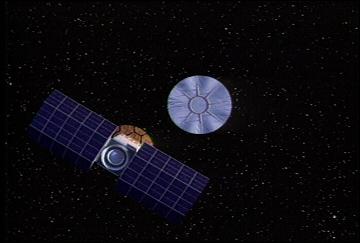The unpredictability results from the subtle combination of gravitational pulls and tugs on a spacecraft moving in space. An immediate application is low-energy transfer trajectories to lunar orbits.
Belbruno tells the stories of Hiten, the Japanese lunar mission rescued in 1991; HGS-1, a commercial Earth orbiting satellite that had strayed into an undesired orbit; LGAS, a low-budget NASA mission; and SMART-1, the ESA mission that tested low-energy lunar transfers in 2003.
The low-energy trajectories can be used for purposes other than sending automated cargo spacecrafts to permanent settlements on the Moon. Ballistic captures, as they are also called, could be used for a robotic mission in the Jovian system, to shed light on the apparently unpredictable trajectories of comets and other Kuiper Belt objects, and to explain the origin of our Moon or the Panspermia hypothesis.
While it is written for a non-technical audience, the book is grounded in solid theoretical research, and would be of interest to engineers and space enthusiasts alike.













 Subscribe to blog posts using RSS
Subscribe to blog posts using RSS










